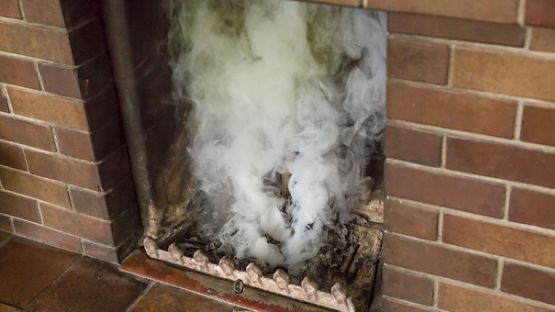Where to go
Banff National Park of Canada: Mountain peaks? Check. Breathtaking glacial lakes? Got it. Plentiful wildlife? Yes. Winding, scenic roads to get you there? Of course. Banff National Park is considered the marquis destination for tourists and locals alike to get their fix of authentic Alberta.
Jasper National Park of Canada: As the largest national park in the Canadian Rockies (11,000 square kilometres!), you can cover five distinct regions within one protected heritage site. There are plenty of places to camp in your RV so you can take your time to explore and relax.
Wood Buffalo National Park: This enormous national park is actually the largest in all of Canada – and one of the largest in the world. (It’s bigger than Switzerland!) Here’s a chance to get up close to Canada’s Northern Boreal Plains, home of the last remaining herds of bison and the only population of wild migratory whooping cranes.
Camp’n Class RV Park: If you’re looking for more urban amenities, this highly-rated RV park offers full hook ups, cable TV, Wifi and access to shops, restaurants and grocery stores within walking distance. (Psst, the West Edmonton Mall is only 20 minutes east.)
What to know
Driving in the mountains requires a well-maintained vehicle and the skills to navigate winding curves and steep ascents and descents. Here’s some safety advice from voices who’ve been there:
- Have your brakes inspected: “Keep your vehicle maintenance up to avoid dangerous or even deadly RV brake or engine malfunctions on dangerous roads.”
- Know how to brake on steep downgrades: “To keep brakes cool coming down long steep descents, try to stay 3 seconds ‘off’ the brakes for every 1 second of brake application (though better is to descend primarily using the engine brake and gears).”
- Go slowly and use hazard lights: “Anytime you are driving 20-30km/h below the posted speed limit, turn on your hazard lights to alert other drivers you are going extra slow, as a good safety precaution.”
- Downshift before ascending and descending: “Before you even start going up the hill, downshift to a lower gear so you have some extra power. If the RV doesn’t automatically downshift itself when going downhill, firmly press the brake to force the transmission to downshift. This will increase your engine speed (and rpm) so the engine will be doing some of the braking for you, minimizing the amount of time you need to use your brakes.”
If you’re interested in trying out RV life, but aren’t ready to invest in your own yet, check out Outdoorsy, a secure online RV rental marketplace where you can be matched with an RV owner near you. Thanks to an exclusive partnership with Aviva Canada, you’ll be protected with market leading insurance coverage too.
Happy travels!













